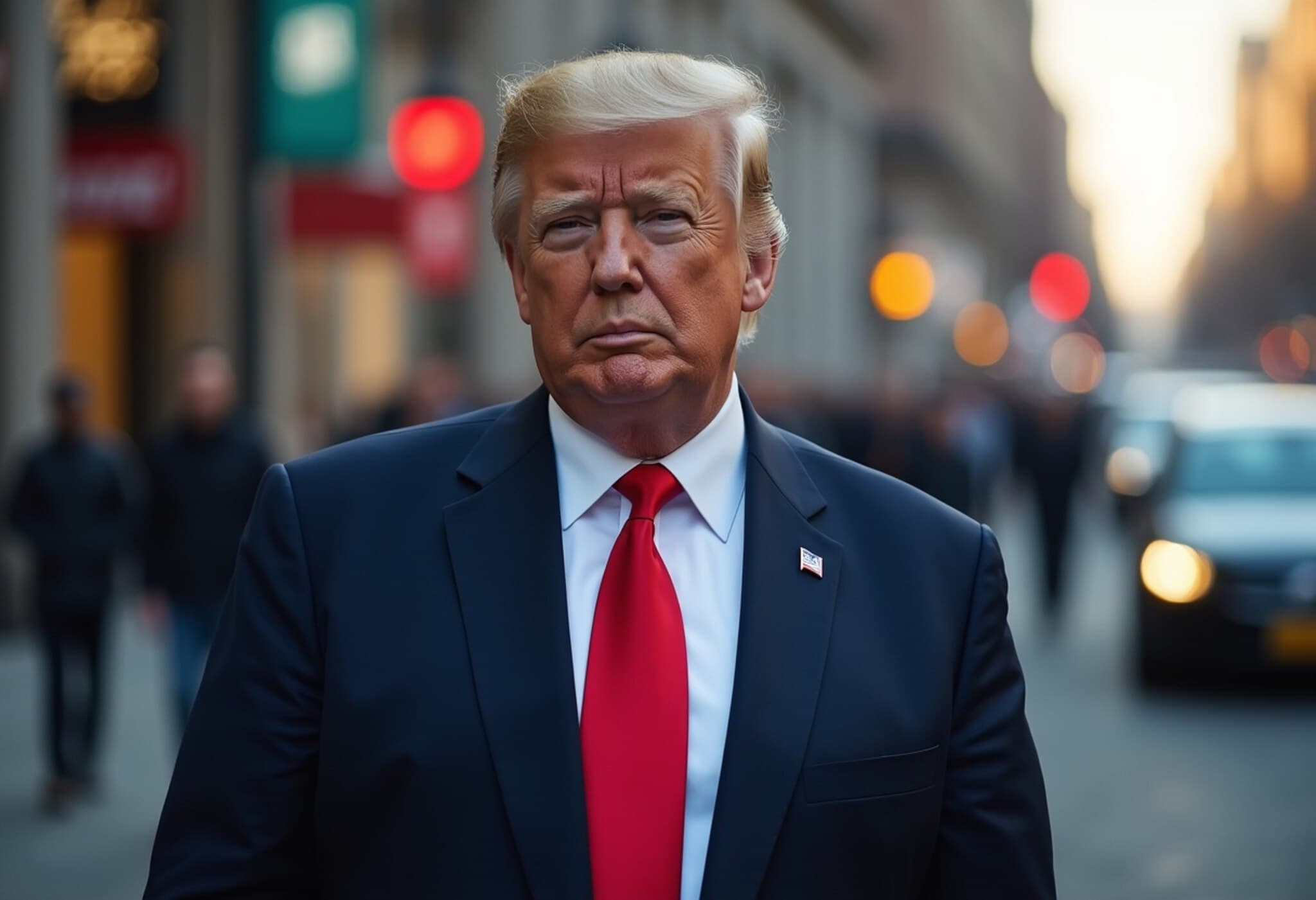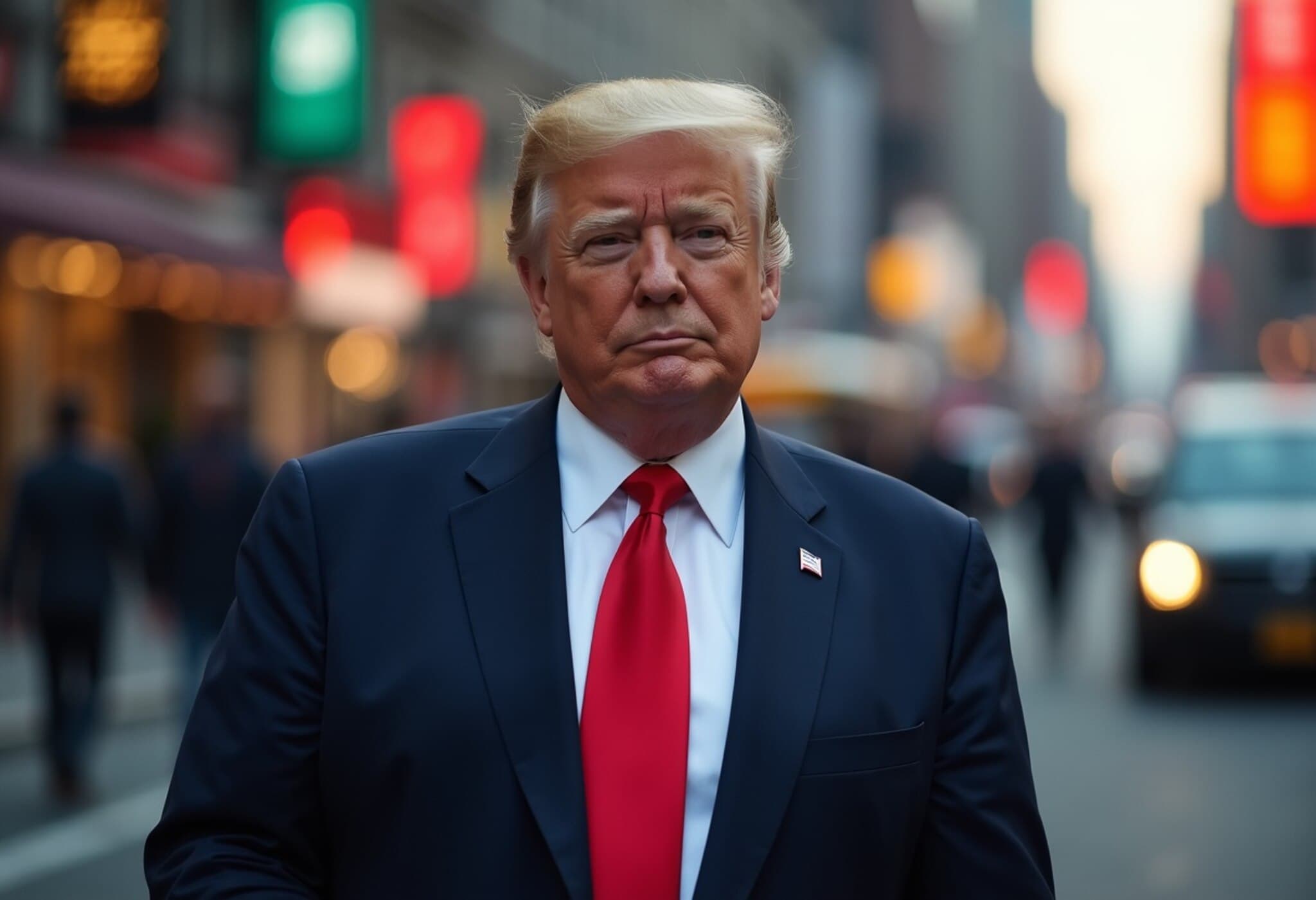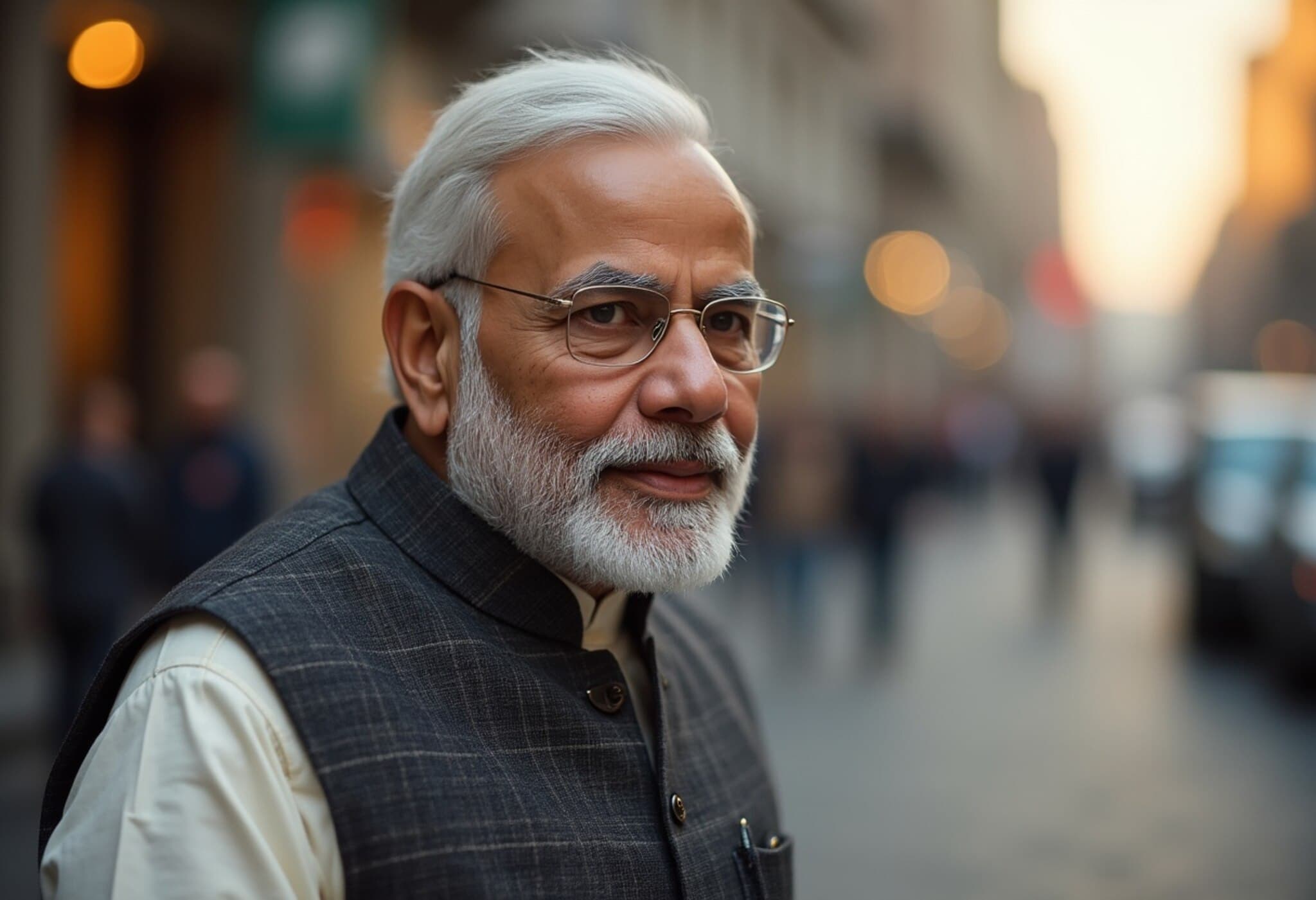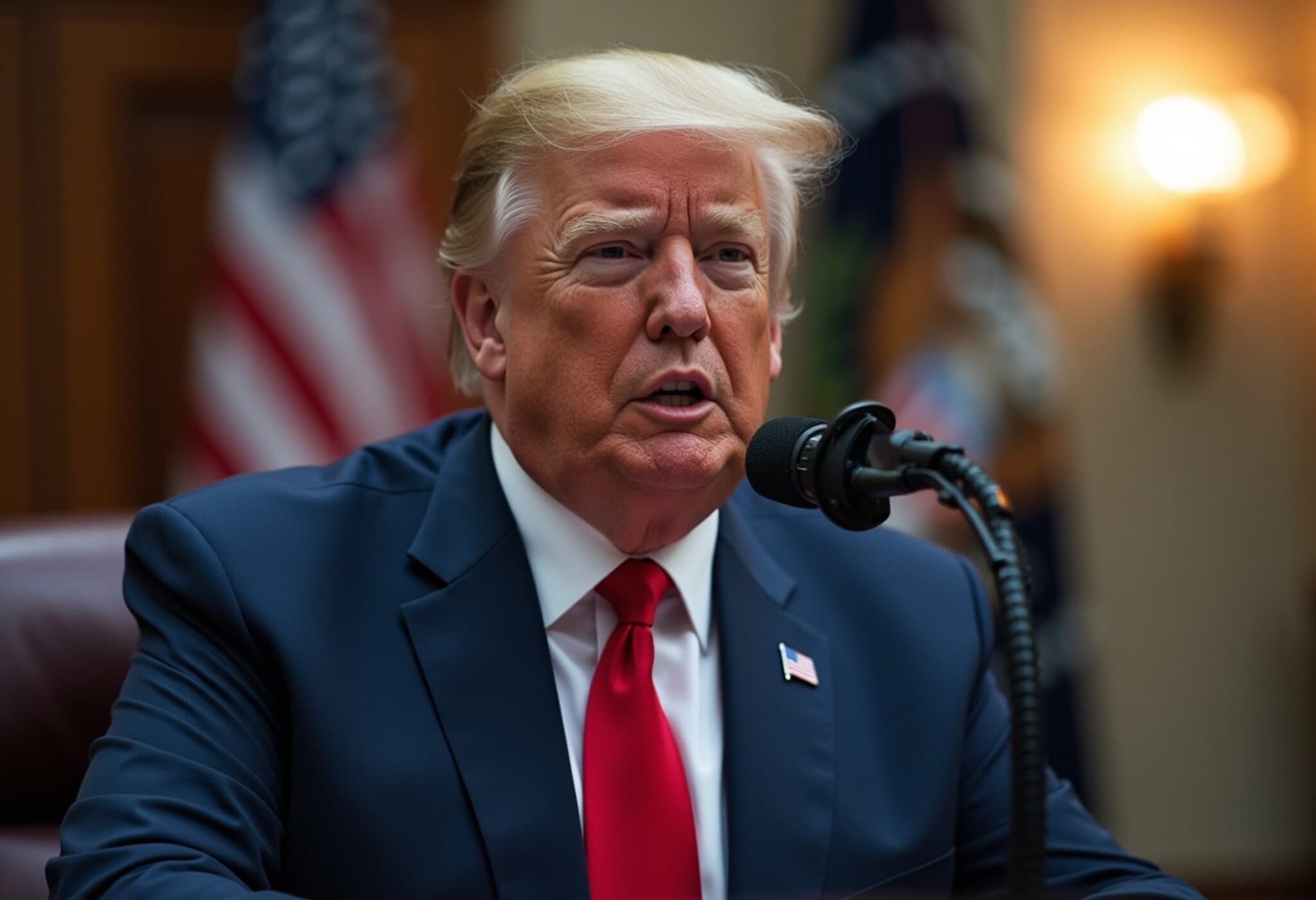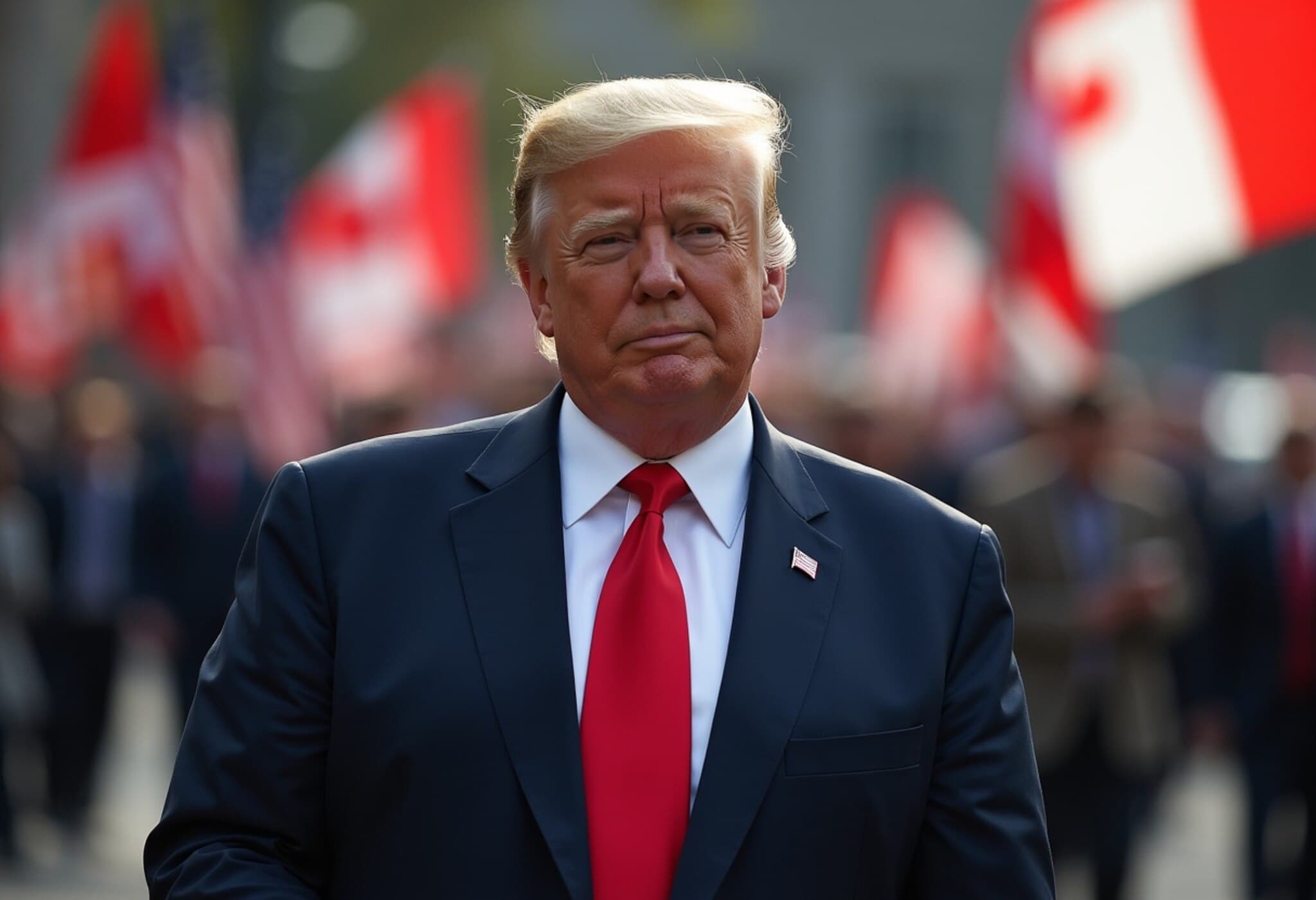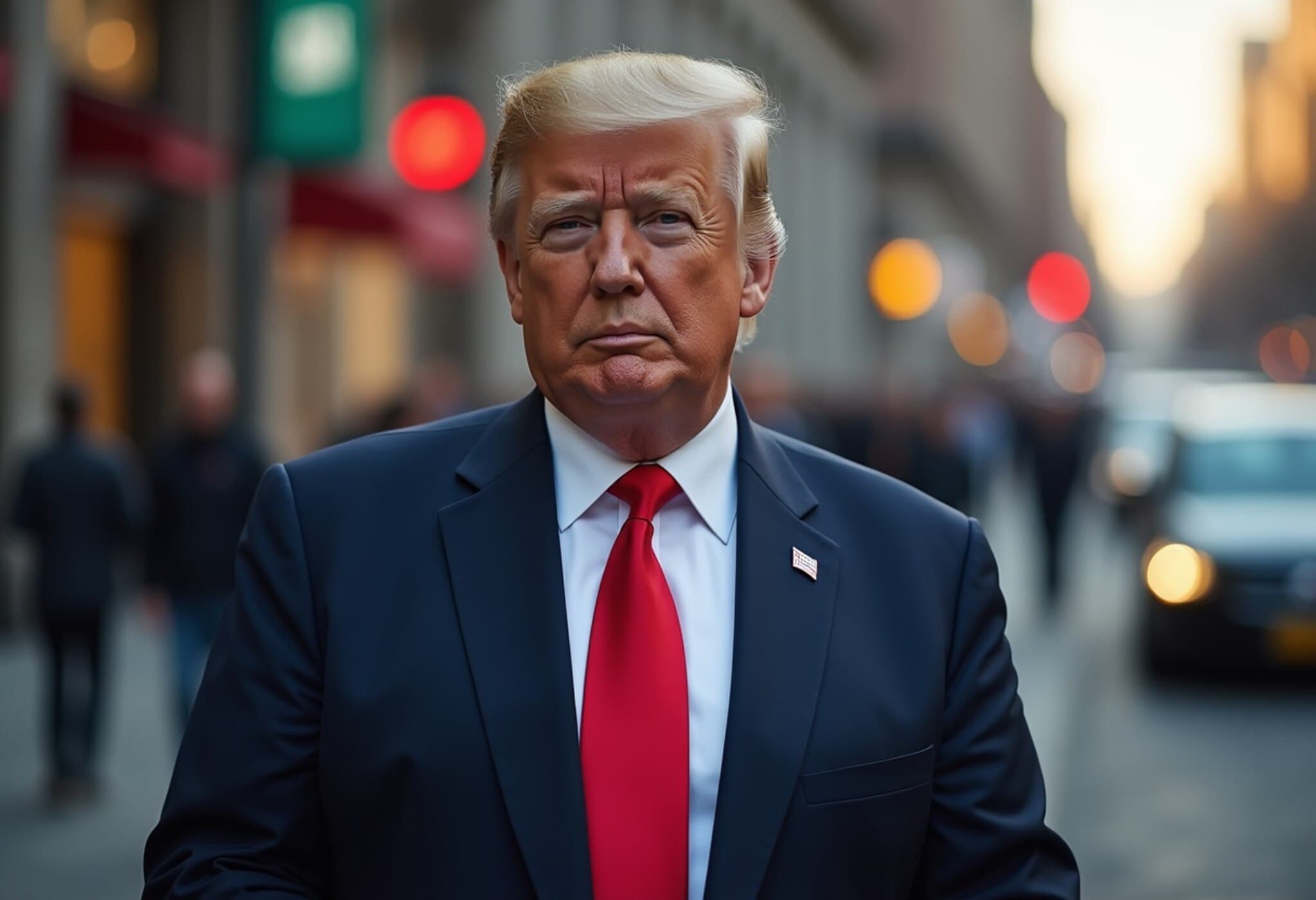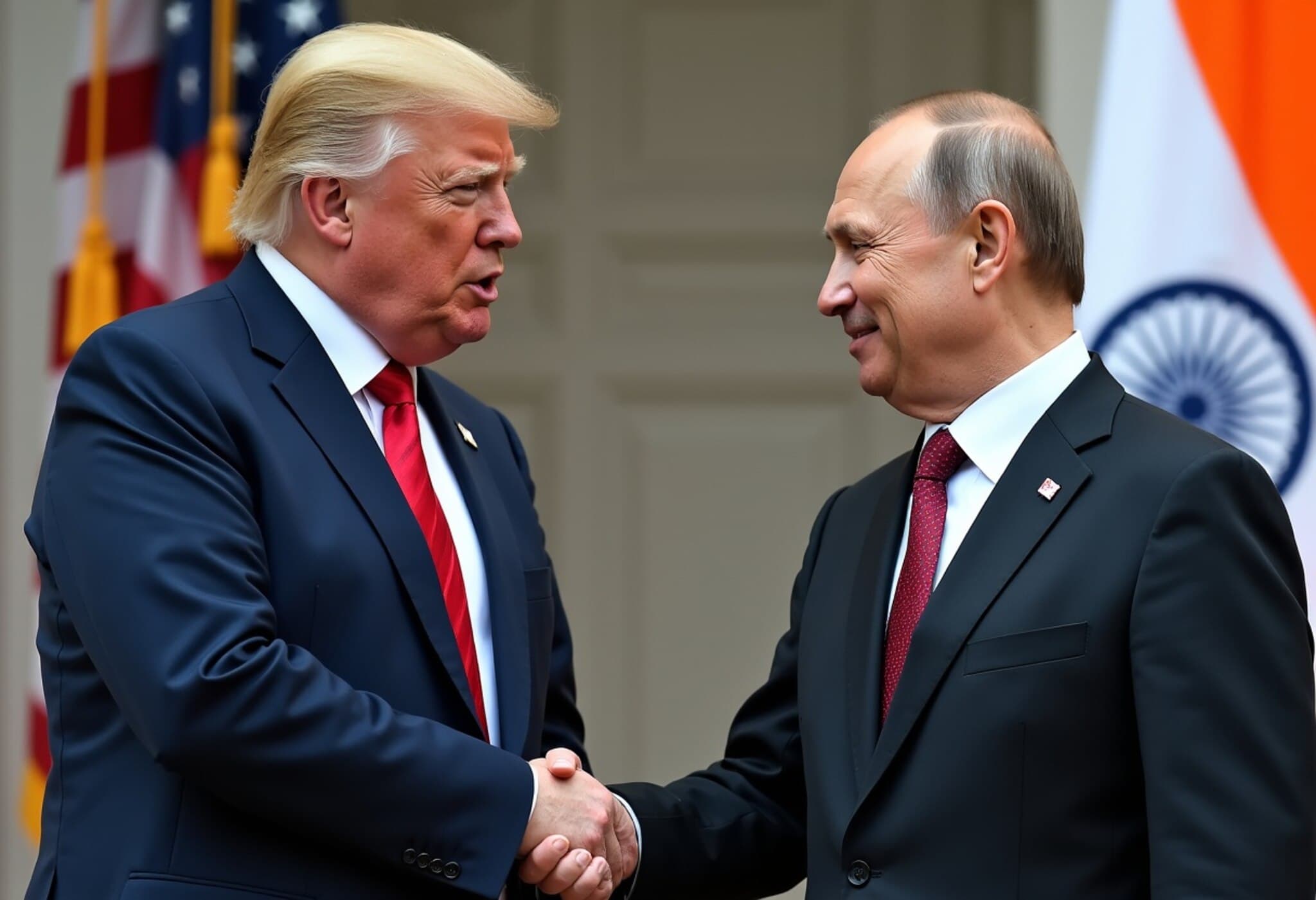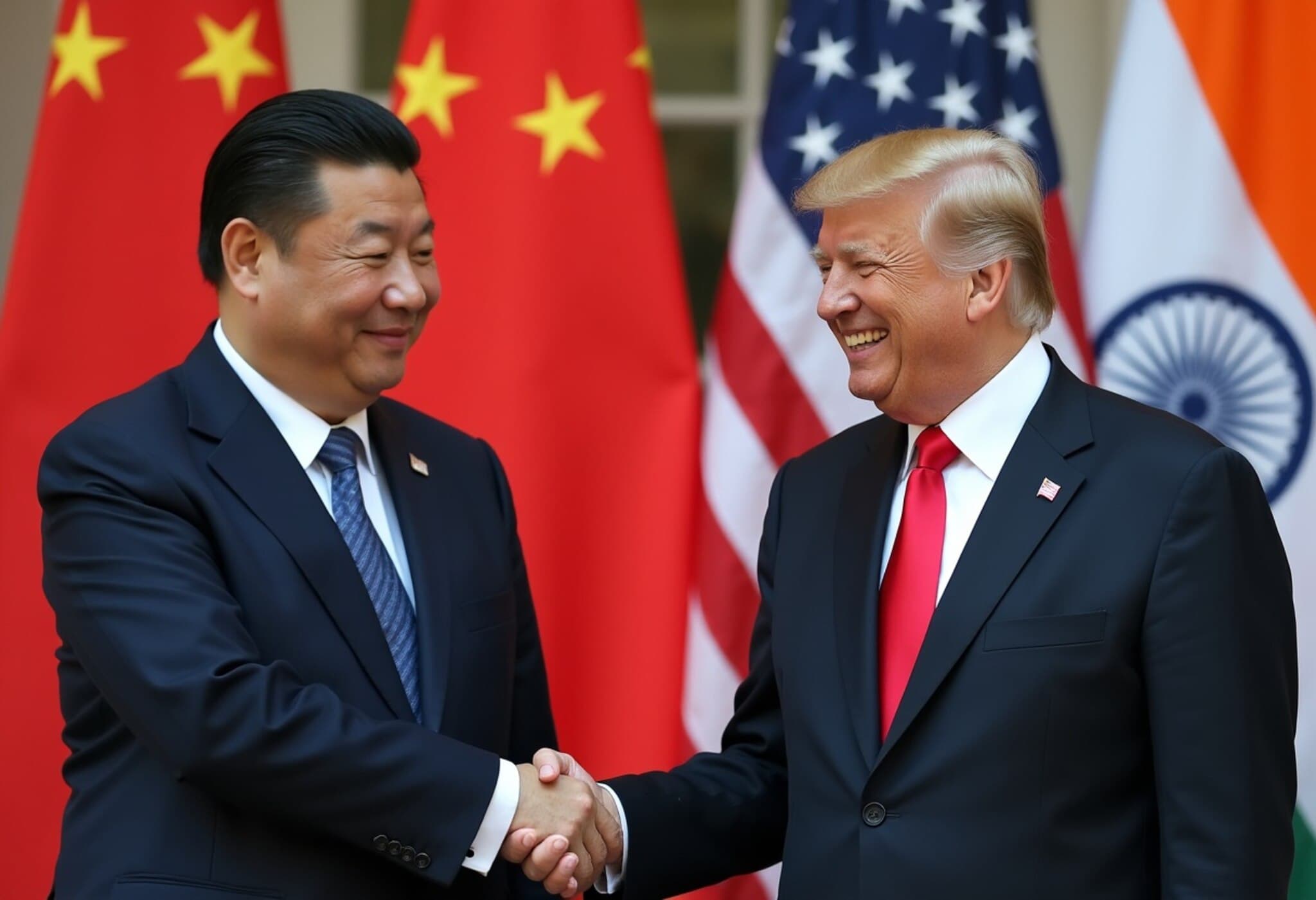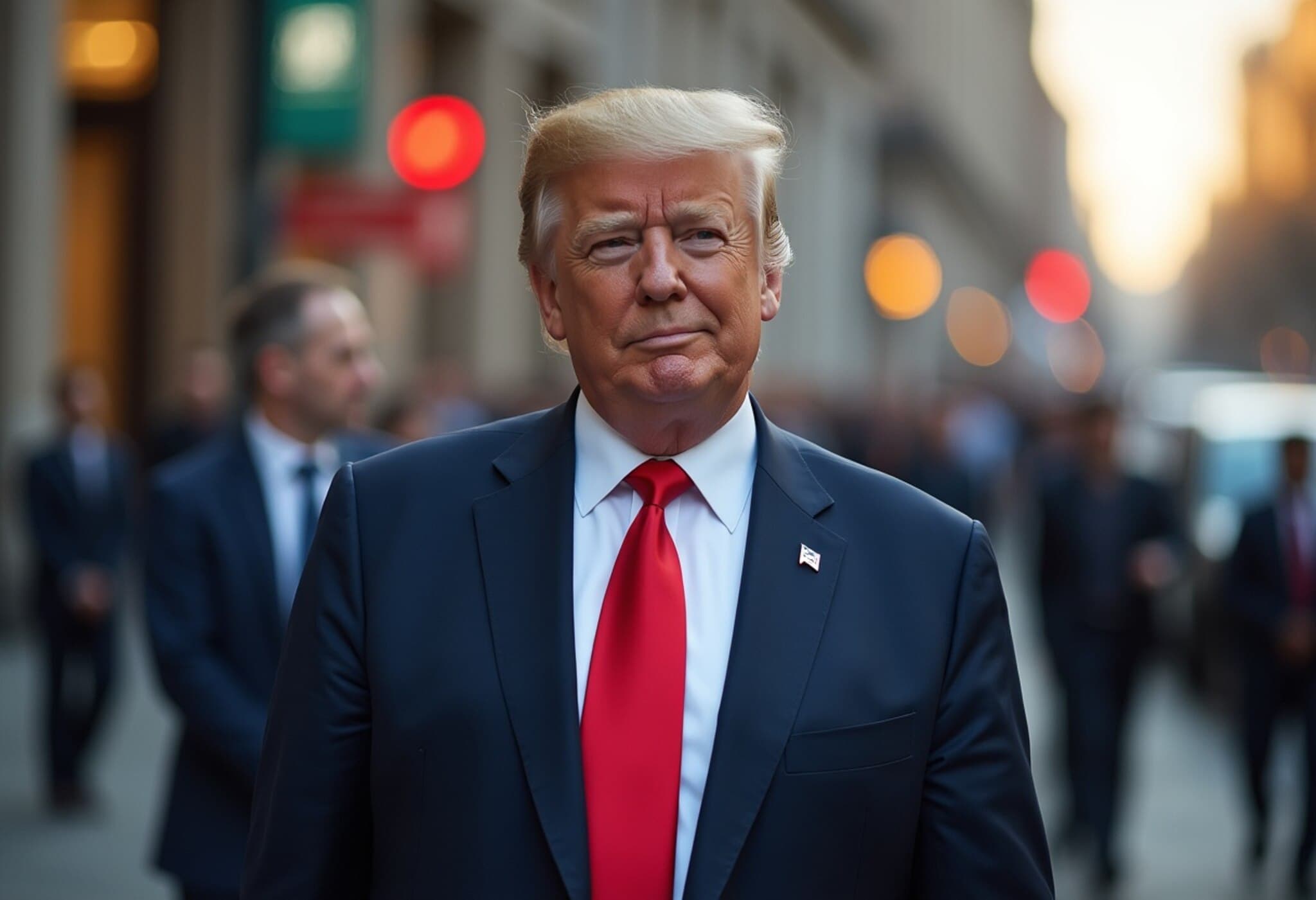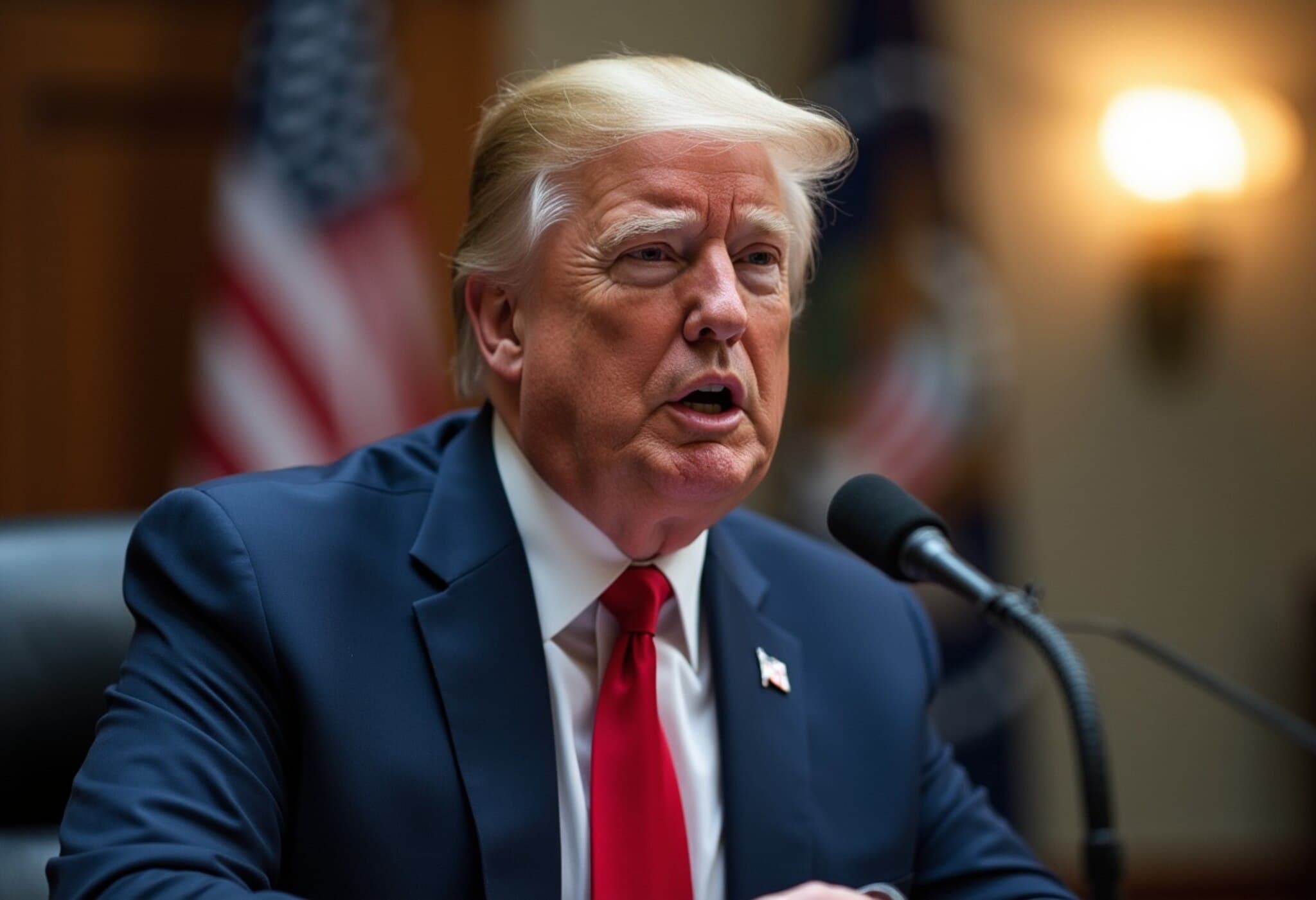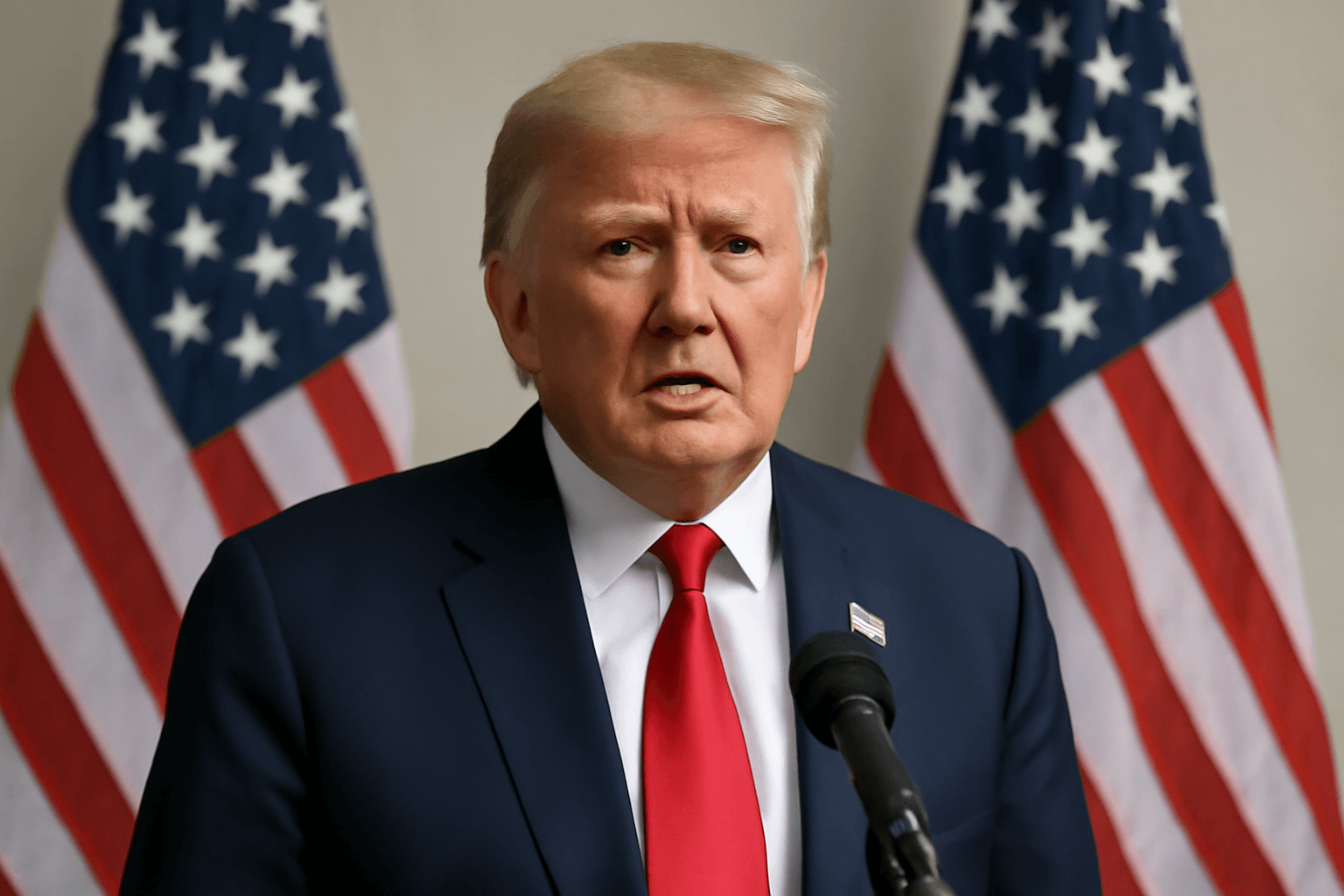Bangladesh Applauds US Tariff Reduction Amid Complex Trade Negotiations
In a significant development for Bangladesh’s economy, the country’s Chief Adviser, Nobel laureate Muhammad Yunus, has welcomed the reduction of reciprocal tariffs imposed by the United States. Despite the tariff rate remaining at 20%, this marks a considerable drop from the initial 37% that had been a cause for concern among Bangladeshi exporters.
From Retaliatory Risk to Diplomatic Triumph
Earlier this year in April, Bangladesh faced an alarming prospect: a punitive 35% tariff imposed by the Trump administration as part of a revised reciprocal tariff regime affecting bilateral trade dynamics.
However, through persistent and skilled negotiations led by Bangladesh’s Commerce Adviser Sk Bashir Uddin and National Security Adviser Khalilur Rahman, the tariff was successfully reduced to 20%. Chief Adviser Yunus described this as a ‘‘landmark trade deal and a decisive diplomatic victory,’’ underscoring the tactical acumen and resilience of Bangladeshi officials who spearheaded the talks.
What the 20% Tariff Means for Bangladesh’s Economy
Although the tariff remains higher than those applied to other countries with similar agreements with the United States, the reduction spells positive news for Bangladesh’s export-driven sectors, particularly the garment industry—the backbone of its economy. With millions depending on this sector for their livelihoods, the decrease from the anticipated 37% to 20% tariff helps preserve competitive advantages in the global marketplace.
- Protecting Exports: Lower tariffs reduce the cost burden on Bangladeshi exporters, helping them remain price competitive.
- Safeguarding Jobs: Given the garment sector employs millions, tariff relief is critical to sustaining employment.
- Enhancing Market Access: Access to the US, the world’s largest consumer market, is vital for Bangladesh’s long-term economic growth.
National Security Adviser Khalilur Rahman hailed the move as ‘‘encouraging news for the garment sector and the millions of people whose livelihoods depend on it.’’
Implications for Future US-Bangladesh Trade Relations
The negotiations, stretching over several months, also addressed broader trade concerns including non-tariff barriers and national security considerations. These complexities highlight how intertwined economic and geopolitical factors are in modern trade diplomacy.
From a broader American policy perspective, revising tariffs on countries like Bangladesh reflects Washington’s balancing act between protecting domestic industries and maintaining constructive economic partnerships abroad. Bangladesh’s ability to secure a lower tariff rate can serve as a case study in effective diplomatic engagement for other emerging economies navigating similar challenges.
The Road Ahead: Bangladesh’s Rising Global Footprint
Chief Adviser Yunus expressed optimism about what this outcome means for Bangladesh’s standing on the world stage. ‘‘This achievement not only showcases our resilience but also opens doors for accelerated growth and lasting prosperity,” Yunus stated, calling the future ‘‘undeniably bright.’’
As Bangladesh seeks to diversify its export base and move up the value chain, maintaining favorable trade terms with the United States will be crucial. Additionally, this episode raises important questions about how developing countries can leverage diplomacy, trade expertise, and economic strategy to transform challenges into opportunities.
Editor’s Note
This tariff reduction story sheds light on how emerging economies like Bangladesh navigate complex international trade waters. Beyond the headline figures, the negotiations reveal the human dimension—millions of garment workers whose livelihoods hinge on these deals and the strategic statecraft involved. It prompts reflection on America’s trade policies and their ripple effects on global supply chains and economic development.
Will Bangladesh’s success in lowering tariffs inspire other countries to follow suit? How might the US recalibrate its trade stance toward lower-income exporting nations amid geopolitical shifts? These are questions worth watching as global trade continues evolving.


